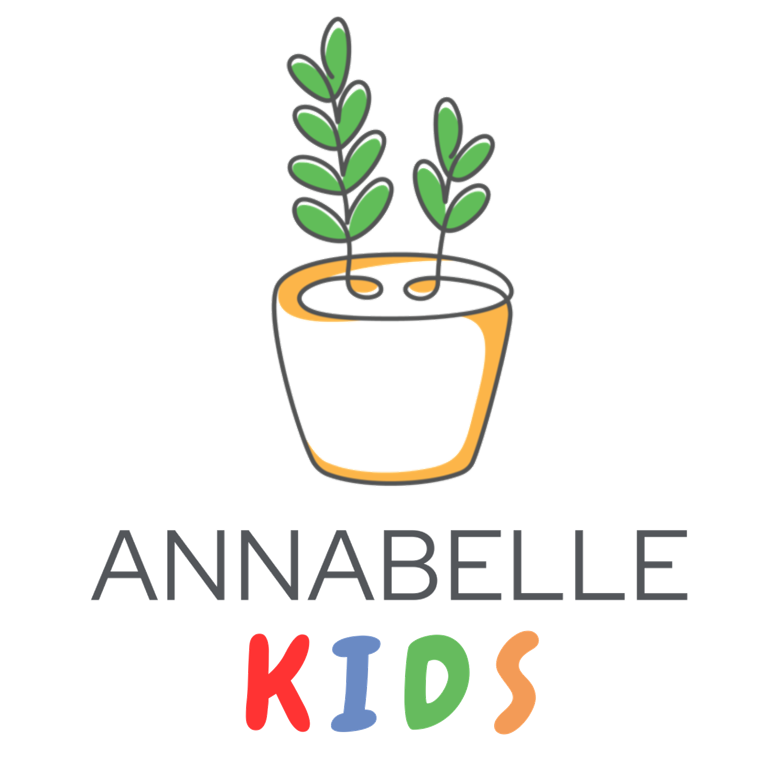Understanding Receptive Language in Children
What is Receptive Language?
Receptive language refers to how well your child understands language. This is distinct from expressive language which refers to how your child uses words to express themselves.
Receptive language develops in children before expressive language. Children generally have a larger vocabulary bank for their receptive language than expressive language at an earlier age. In other words, children need to first develop an understanding of language before they begin to express themselves.
Examples of receptive language include:
Demonstrating understanding of language through response (“Yes, I took the chocolate cookie”)
Listening to and interpreting a story or conversation (“What happened to Jill after she rolled down the hill?”)
Following simple and multi-step instructions (“Help mama return my dishes to the sink, please”)
Using correct pronouns (he is a boy) and tenses (she took the toy)
Tips to Develop Receptive Language
Why is Receptive Language Important?
Ψ Receptive language is crucial for a two-way communication to occur successfully. Having difficulties comprehending what is being said can pose challenges across all contexts (example: at home, school, and at the workplace in the future). An individual with receptive language difficulties may not be able to respond or follow instructions in an appropriate manner. This can also create negative feelings (example: frustration, anger, helplessness) in the individual and those around him/her.
It is common for children who are very young or nonverbal to feel lost when faced with terms and phrases they have never heard of. For them, it can get daunting, frustrating, and overwhelming.
Ψ Empathetic Learning facilitates development of Receptive Language
Imagine being in a foreign land all alone with an individual who tries to communicate with you using both of verbal and nonverbal language to facilitate communication, practicing patience and empathy? Providing a patient and empathetic learning environment is crucial in allowing your child to feel safe and calm while picking up new receptive language skills.
It is helpful to keep this analogy in mind as you guide your child through the colourful real of language.
Here are some activities you can engage in with your child to facilitate the development of receptive language:
Ψ Developing Receptive Language through Play
Incorporating play can be a fun and useful way to keep your child engaged while teaching important receptive language skills. Play involves practicing both expressive and receptive language, using verbal and nonverbal ways. As parents, you may find play routines helpful in demonstrating how language can be appropriately expressed and understood.
An example: When asking for a target item, the parent can point to the item to help the child understand the instruction.
Parent: First obtain the attention of the child by calling his/her name. If the child doesn’t respond, prompt further by gently tapping on his/her shoulder.
Parent: Ask in age-appropriate language for the target item. Example: “Jon, can I play with your red toy?”, while pointing at the targeted toy. Then, put both hands out as a gesture to receive while maintaining eye contact.
Parents can alter the request statement/gestures occasionally to demonstrate how language can be appropriately expressed and understood.
Ψ Having a routine
Having a daily routine can provide a child with a sense of predictability, and the child can start learn the vocabulary of the routine.
Ψ Language guide
Parents may find it helpful to teach their child a few simple phrases when the child is unclear about certain sounds/phrases/sentences. Example: “Slow down please.”, “Repeat please.” These phrases should be age-appropriate, and guidance should be provided consistently when the child expresses for help.
Signs that your child may be struggling with Receptive Language
These are some signs you can look out for:
-
Seem to be in his/her own world
Does not seem to be listening
Has trouble following instructions
Has trouble labelling and identifying common items
-
May not be able to follow instructions or complete tasks halfway
Issues engaging in an age-appropriate 2-way conversation. For example: Are you hungry? (Yes/No questions)
Has trouble using the right words (confusing “me” and “I” i.e., “me want it”)
Gets distracted easily
May not initiate activities or conversations with other peers
-
Seems to be listening but may not respond or are off topic/vague in nature
May have the tendency to interrupt others or request to repeat instructions
Limited vocabulary and knowledge
Difficulty with reading comprehension tasks
Difficulty with curriculum across subjects
-
Rarely or reluctant to ask questions, initiate conversations with other people, join activities outside of school
Struggles to keep up with 1-1 or group conversations
May struggle to grasps the concept of non-literal language (taking metaphorical phrases literally)
Difficulty with reading comprehension tasks
Difficulty with curriculum across subjects
-
May seem withdrawn or shy
Do not engage in social settings or events
May fail to respond when spoken to
May face some miscommunication due to misinterpretation
Two similarities observed throughout the different age groups would be the shy/withdrawn nature of the individual and the poor understanding of shared conversation content. As mentioned earlier, a child having poor receptive language may be attributed to several reasons. When you do spot delay and/or absence of age-appropriate receptive language milestone(s), do not hesitate to contact a professional for further assessment and diagnosis. Language is a highly time-sensitive developmental domain, early identification of difficulties and relevant early intervention is crucial to attain age appropriate language capabilities.
Seeking professional help when your child struggles with receptive language
When you notice certain signs where your child is struggling with receptive language, do not hesitate to reach out to a professional (psychologist and speech therapist) for further assessments. The psychologist and speech therapist will come up with an individualized plan based on your child’s specific areas of needs and strengths. Here at Annabelle Kids, we have passionate and experienced professionals that can cater to the individual needs of your child: book an appointment or contact us via WhatsApp!
